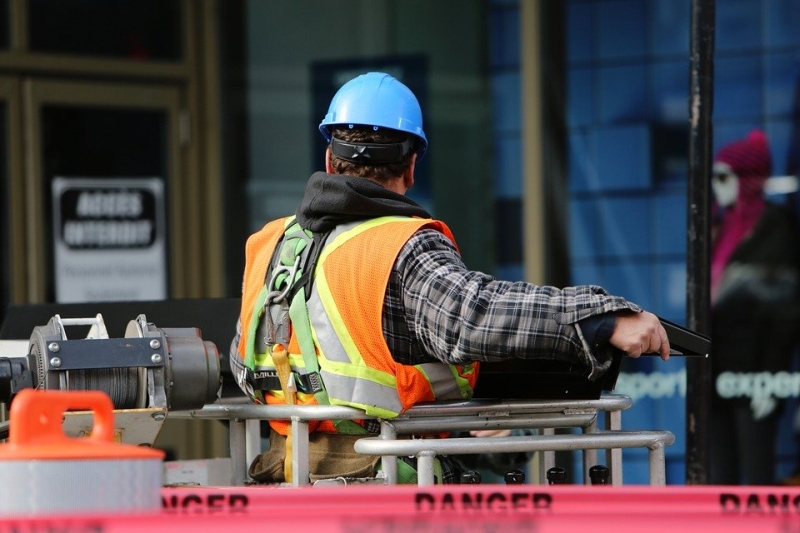The construction sector is essential for an economic recovery after the COVID-19 crisis. It holds the potential for a double win: providing a powerful tool to stimulate the economy, while moving the whole sector to a new and greener state. For small extra investments, green buildings can achieve massive long-term savings of cost and greenhouse gas (GHG) emissions.
PEEB and its implementing agencies AFD, GIZ and ADEME are working to identify strategies how countries can support green construction to help both the economy and the climate. A combination of instruments such as financial incentives or public procurement can be employed targeting either investors or private households. Ambitious policies and standards for green buildings should be developed in parallel to ensure a lasting transformation of the building sector.
'Strings Attached' - Green Conditionality for Stimulus Packages for Building Sector
Green stimulus packages for the construction industry need to have 'strings attached': A 'green conditionality' is needed to set the bar higher for buildings that receive support. PEEB outlined ideas for basic criteria for the construction sector, as well as examples from green building programmes that helped recover from the financial crisis in 2008, in an article on stimulus packages for the building sector.
Basic criteria for green buildings can favour a sustainable development of the construction sector in the long term:
- Reward higher energy or low-carbon performance goals with higher financial incentives
- Include energy efficiency and environmental criteria in public and private procurement documentation and lending
- Favour green buildings through green criteria for public procurement or 'fast track' processing of building permits
- Gear short-term economic stimulus programmes towards a country's climate and sustainable development


 more
more